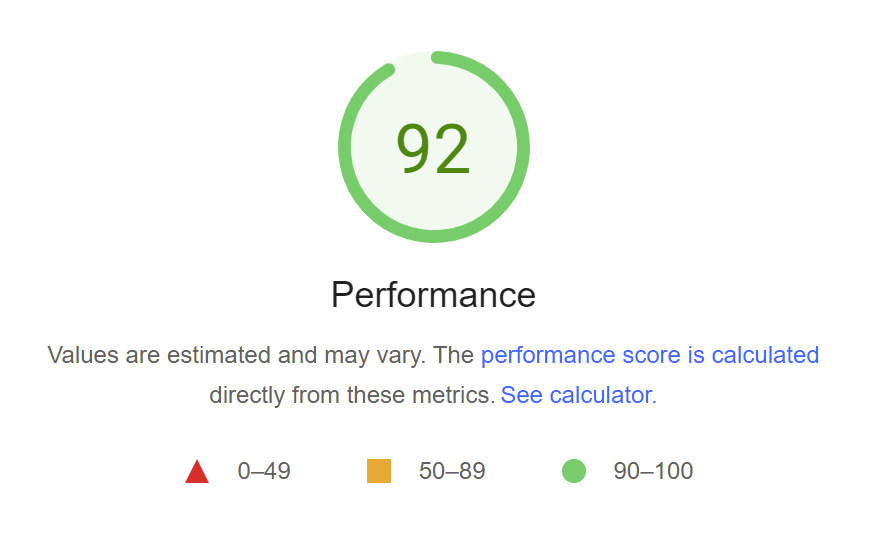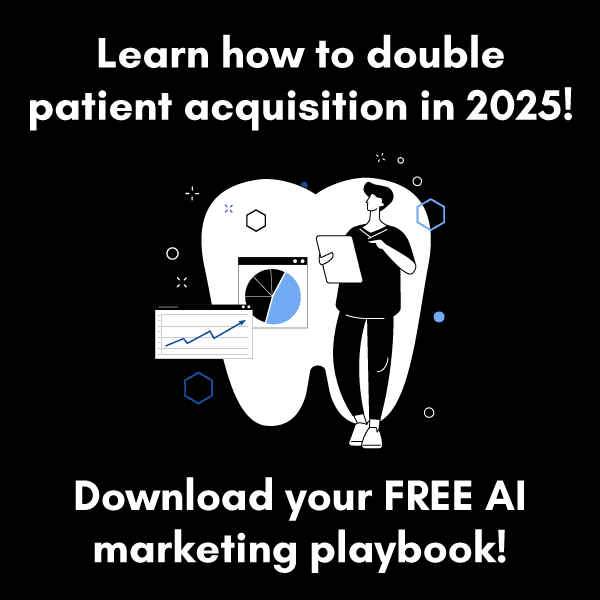In running your veterinary practice, you provide essential services for pet owners who treat their animals like family.
And while it would be nice if you could build your business on repeat clients and word-of-mouth alone, the reality is that it takes more than that to succeed in the digital age.
For vets, it’s essential to have a website that’s attractive, easy to find, and quickly answers the questions of concerned pet parents.
Ultimately, that comes down to your website’s design. And if yours doesn’t measure up, you could lose out to your competition.
Providing quality services is essential, but so is promoting those services effectively online. Having great web design is the first step to doing just that.
Let’s take a closer look at why good web design is so essential for veterinary practices, as well as the elements your site should have in 2022.
Table of Contents
Why Good Web Design Matters
First of all, why does good web design matter?
Of course, everyone wants a visually appealing website. If your site looks like it was created in the 1990s or is somehow repelling to the eye, chances are that prospective clients will go elsewhere to fulfill their needs.
But having good web design is about more than just aesthetics. It also involves the functionality of your website and how well it aligns with user expectations.
A poorly designed website will be difficult to use in any practical way. When speeds are sluggish or the most valuable content is impossible to find, it’s no wonder that clients will abandon your webpage within a short period of time.
Not only do bad websites repel customers, but they’ll also drive search engines away. There’s a distinct connection between web design and search rankings, meaning that your site’s design can directly impact how readily you appear in relevant search results.
A slow website with lax security and poor accessibility simply won’t have as much value as a website that’s fast, secure, and responsive across all devices. As such, Google won’t assign your site a good ranking if your site doesn’t measure up. And ultimately, that means you’ll receive less traffic and have lowered brand visibility in search engines.
In the end, you’ll be doing your veterinary practice a huge disservice by sticking with an outdated or poorly designed website. It won’t support your mission, it won’t attract customers, and it won’t impress Google – all of which can significantly impact your ability to grow your business over time.
How to Create a Better Veterinary Website in 2022
If you’ve determined that your website could use a bit of an upgrade, you might be wondering where to start. Since many of these improvements are at least somewhat technologically involved, you should always work with an experienced web designer or developer. While there are a number of different ways to improve your veterinary web design in 2022, here are just a few considerations to get you started.
Improve Loading Speed
Loading speed is a major factor for both customers and search engines.
According to Think With Google, bounce probability (meaning how likely it is that a visitor will navigate away from the site) increases by 32% as a page’s loading time lags from 1 second to 3 seconds. That means that you have only a couple of seconds to impress anyone who arrives on your website.
Understandably, you’ll want to do everything you can to increase your site’s loading speed. What might seem like a tiny delay to you will seem like a lifetime to a customer. And a sluggish website won’t earn any points with Google, either.

If you’re looking to increase your site’s loading speed, start by compressing large images, making use of browser caching, reducing CSS and HTML, and limiting unnecessary redirects. You can also explore the use of a content delivery network (CDN) or upgrading your server or web hosting service.
Do all of those terms sound foreign to you? That’s okay, your professional web design or development company can make additional suggestions or execute these steps for you.
Prioritize Mobile Accessibility
With more than half of all web traffic now coming from mobile devices, it’s critical that your website is mobile-friendly. A website without responsive design (or at least a mobile-friendly version) won’t be viewed in a positive light by clients or Google.
Google now indexes the mobile version of web pages first, which means that any website that fails to align with mobile-friendly principles will typically rank worse than comparable sites that appeal to mobile users.
A mobile-friendly website will feature a consistent experience for all users, as well as elements that are easy to interact with on a smaller screen. For example, buttons and links should be easy to tap with accuracy and content should appear in a large enough font size to eliminate screen manipulations.

Mobile-friendly websites should also be free of intrusive interstitials, which are pop-up ads that cover the entire screen. These are notoriously difficult to dismiss on mobile devices and can render a website unusable.
If possible, prioritize responsive design over plain mobile-friendly design. A responsive design automatically adjusts to the device on which the site is being viewed, which creates a better user experience overall. Your website design company can help make this happen.
Feature Simple Navigation
It’s easy to think that your website needs to be complex in order to be visually appealing. But it’s usually better to keep things simple. (Remember K.I.S.S. from grade school? It applies here, too!)
In addition to featuring ample white space and simple typography in your design, your site’s navigation should be fairly straightforward.
When you make visitors work too hard to find what they’re looking for, they’ll become frustrated. They’ll probably go to a competitor before they waste too much time and effort on your site.
That’s why your navigation menus need to be easy to find and use. Don’t make visitors guess where important information is located. Instead, make it obvious and allow them to get there in as few clicks as possible.



Most notably, your “about” page, “services” page, and “contact” page should be clearly visible. For vets, in particular, you may want to include a quick menu navigation for emergency situations and FAQs, as well as appointment prep information.
Drop-down menus should be used only for information that might be seen as extraneous (like reviews, staff hiring, or your website’s blog). If your website has a lot of information, you may also consider adding a search bar so that clients can find what they need more easily!
New Year, New Site
As 2022 quickly approaches, it’s time to set yourself up for success in the new year. By making these small improvements to your site, you can make a big impact for your veterinary practice in the long term.










